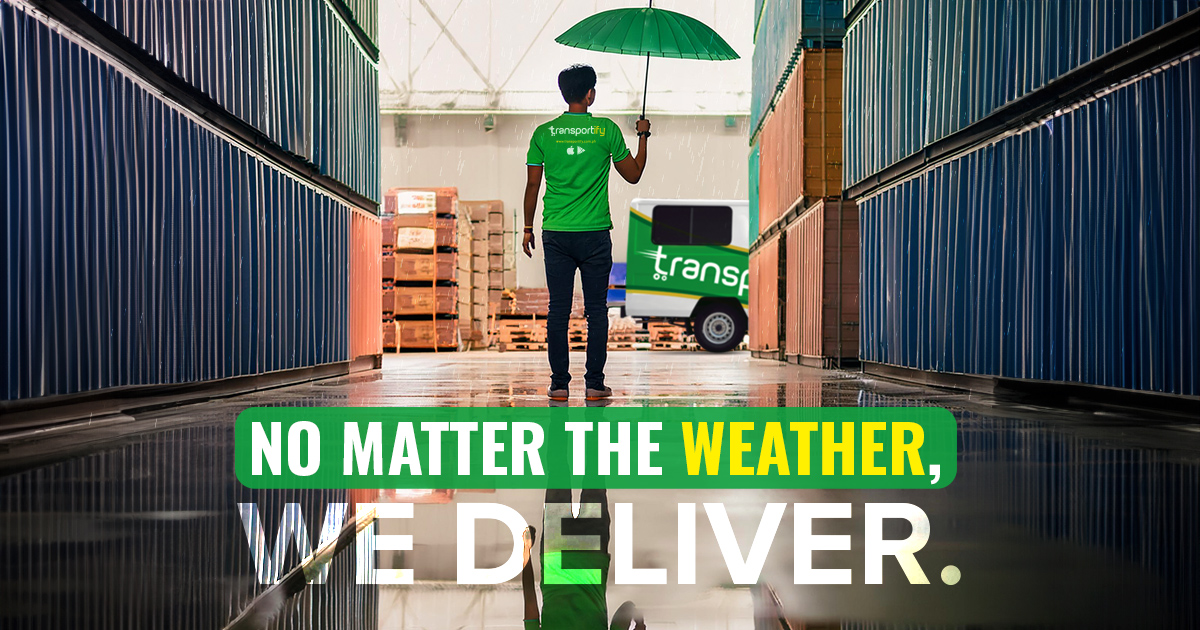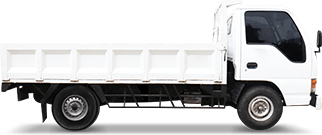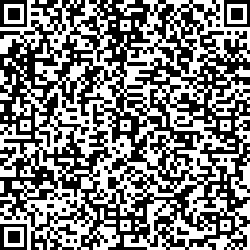
There are only two seasons you can experience here in the Philippines: rainy and dry. Weather seems to be the most challenging aspect to businesses especially in its logistics but setting the right expectations would help you navigate the season all year.
Rain or shine, business operations and deliveries must continue. Rainfall is often caused by tropical cyclones, monsoons, and typhoons. However, the country is projected to face above-normal rainfall levels this year due to the intensification of La Niña, a weather phenomena known to intensify patterns of precipitation.
Expectations During Rainy Season in the Philippines
PAGASA states that bad weather might cause potentially harmful effects over highly exposed areas, like heavy rain, flooding, and landslides, which can be hazardous for driving. Many road accidents occur during severe weather conditions, as driving in the rain can provide issues for drivers due to reduced visibility and slippery surfaces.
The Challenges of Rain or Shine Delivery
Challenges in Rainy Conditions
- Impaired Road Conditions
In rural and rural locations in particular, heavy rains can cause landslides and flooded highways. This extends the danger of accidents in addition to delaying delivery dates. - Increased Risk of Damage to Goods
Water-sensitive items such as electronics, paper products, and perishable or consumable goods are at a higher risk of damage during rainy conditions. Ensuring that these items are adequately protected requires additional packaging materials and careful handling, which can increase operational costs. - Health Risks for Delivery Personnel
Constantly being in the rain puts delivery workers at risk for colds, the flu, and other weather-related ailments. While providing the necessary equipment and medical assistance is crucial, it can also raise operating costs.
Challenges in Sunny Conditions
- Overheating of Vehicles and Goods
Extreme heat can cause cars to overheat and break down in the Philippines’ tropical climate, which would hamper deliveries. If sensitive goods are not properly handled during transit, such as food or medications, they may deteriorate or spoil owing to excessive temperatures. - Increased Energy and Cooling Costs
In hot weather, refrigerated or air-conditioned cars are necessary to maintain perishable commodities at appropriate temperatures during transit; these vehicles use more fuel and energy. This raises delivery costs and has an effect on the logistics operations’ environmental impact. - Health Risks for Delivery Personnel
Just as with rainy conditions, intense heat poses health risks to delivery personnel, including dehydration and heatstroke. To ensure the health and safety of the staff might require frequent breaks, hydration supplies, and protective clothing, are needed to further affect delivery efficiency.
Technological Solutions and Innovations on Rain or Shine Delivery
The integration of technology into delivery operations can significantly mitigate the impacts of weather-related challenges. Advanced technological solutions not only streamline logistics processes but also enhance the safety and efficiency of delivery services.
How can technology mitigate delivery delays due to rain or shine?
The technology addresses weather-related delivery delays through several innovative approaches:
- Advanced Weather Forecasting Systems: Utilizing sophisticated weather forecasting tools allows logistics companies to anticipate bad weather and plan accordingly. By predicting severe weather, companies can adjust delivery schedules or routes in advance to avoid the worst conditions.
- Dynamic Routing Software: GPS and routing algorithms that incorporate real-time weather data can reroute deliveries on the fly. If a storm is blocking the usual route, the software can quickly calculate an alternative path to minimize delays and ensure timely delivery.
- Automated Dispatch Systems: These systems can optimize the allocation of delivery tasks based on weather conditions.
- Real-Time Communication Tools: Keeping delivery personnel and customers informed in real-time through mobile apps like Transportify.
What innovations improve rider safety?
Enhancing the safety of delivery riders through several technological innovations has been developed to safeguard riders:
- Wearable Safety Technology
- Advanced Protective Gear
- Vehicle Stability Enhancements
- Training Simulators
Transportify for Rain or Shine Delivery
For a delivery company like Transportify, operating in regions such as Eastern Visayas, where the extension of services has recently been announced, the rainy season could significantly impact operations.
| Vehicle Type | Dimensions/ Weight Limits | Base Price (Metro Manila) | Base Price (Outside Metro Manila) | Base Price (Visayas/Mindanao) |
|---|---|---|---|---|
 Wing Van Wing Van | 32 to 40 x 7.8 x 7.8 ft 12000kg to 28000kg | 7000 PHP | 6500 PHP | 6500 PHP |
| 18 x 6 x 7 ft 7000kg | 4850 PHP | 4850 PHP | 4850 PHP | |
 Closed Van Closed Van | 10 to 14 x 6 x 6 ft 2000kg to 5000kg | 1600 PHP | 1450 PHP | 1450 PHP |
 Open Truck Open Truck | 10 to 21 x 6 ft x open 2000kg and 7000kg | 2300 PHP | 1950 PHP | 1950 PHP |
 L300/Van L300/Van | 8 x 4.5 x 4.5 ft 1000kg | 415 PHP | 374 PHP | 335 PHP |
 Small Pickup Small Pickup | 5 x 5 ft x open 1000kg | 418 PHP | 338 PHP | 325 PHP |
| 5.5 x 3.8 x 3.8 ft 600kg | 375 PHP | 292 PHP | 275 PHP | |
| 5 x 3.2 x 2.8 ft 200kg | 240 PHP | 210 PHP | 160 PHP | |
| 3.5 x 2 x 2.5 ft 200kg | 220 PHP | 190 PHP | 140 PHP |
Transportify can address these challenges by implementing several strategic practices:
- Enhanced Training for Drivers
- Vehicle Readiness and Maintenance
- Real-Time Weather Tracking and Route Optimization
- Communication through 24/7 Customer Support
Integrating these strategies not only helps mitigate the risks associated with the rainy season but also ensures that Transportify can maintain a reliable service despite the challenges posed by rain or shine delivery in the Philippines.
 | or |




 Instant Quote
Instant Quote

 Chat
Chat